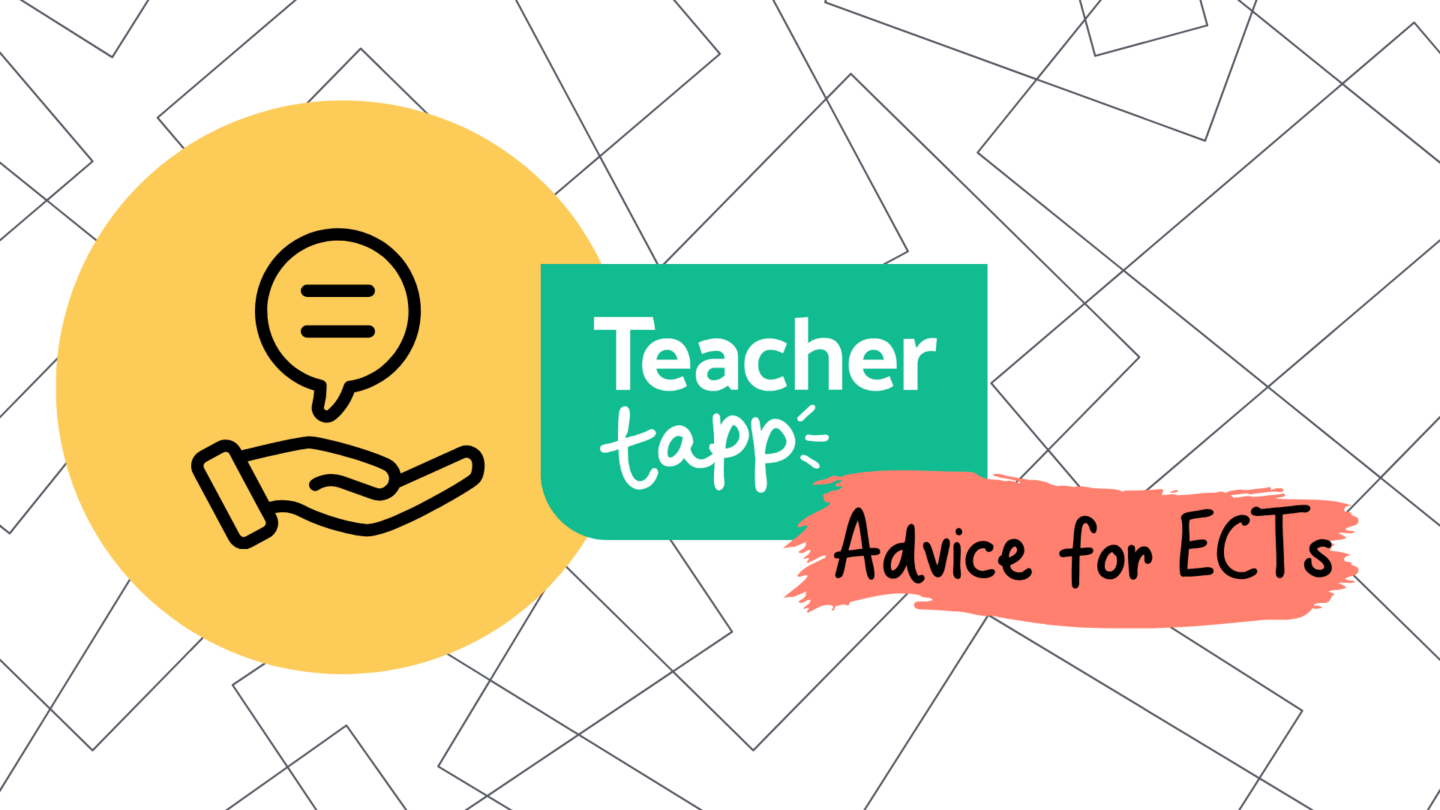Vouchers are back! 📚
Congrats to those of you who received your first John Catt Voucher this week. Once you have answered 150 questions after 7th February, you will receive a 50% off code that you can be used for one transaction on the John Catt website. More terms and conditions here. Remember: you can only use the code once. BUT you can apply it to as many books as you like! 📚
The genie returns!
In the pre-COVID era, the Teacher Tapp genie appeared a lot on the app, offering you amazing fictional opportunities. After a year of changes to the way we are all learning and working, we thought it was about time that they reappeared to find out your thoughts on studying for a Masters. You were given the option to say yes to each of the following three masters study plans:
- Free ONLINE masters to study alongside teaching over 2 years (must complete or payback fees)
- Free face-to-face masters with a 45-minute commute to study alongside teaching (must complete or payback fees)
- One year sabbatical with a grant for living costs to take full-time masters in any subject (must return to the profession for 5 years)
We had wondered whether you would all be zoomed out and wanting to have real-life experiences, but it seems not! 42% of you would opt to take a free online masters course, but only 34% would elect to take a face-to-face one, studied reasonably locally. Even though the world has changed, this really isn’t different from your thoughts in 2019.
Except, there has been a large fall in the number of you who would take up the offer of a one-year sabbatical to study full-time – from 70% down to 60%. We’re not sure why. Has all this time away from face-to-face contact with students and colleagues made you want to avoid another break in future?

Not all teachers want to take a sabbatical to study for a Masters. Some of you will already have one – though the genie doesn’t mind you getting another! And the offer is that you can study ANY subject you want. English, humanities and arts teachers were the keenest, so perhaps they wanted to study more Shakespeare/medieval history etc… The least keen were the maths and PE teachers!

How many classrooms are you teaching in?💼
Back in 2017, we set up Teacher Tapp with a mission of finding out one big question: did secondary teachers without their own classroom leave the profession more often? Both the co-founders, Becky and Laura, had years in school where they taught in lots of rooms and hated it. By the end of 2019, we had our answer: it didn’t seem to make a difference!
Nonetheless, we have continued asking because the COVID world is quite different for these things!
The graph below shows that in 2018 and 2019, most teachers taught in between 1 and 3 rooms – with around 44% of you having a single classroom to work in. Now, just 1-in-5 have their own dedicated room, and 1-in-5 are completely nomadic, having to walk between 9 or more rooms during the working week. Exhausting!

Not just that, but most of you are still dealing with split lunches/breaks and staggered start times at the start of school. However, we’ve seen a reduction in clampdowns on physical work – with only 6% of schools now banning the marking of physical work. Still, homework is online only for 22% of you.

The Reality of Masks 😷
Over the past year teachers have gradually changed their minds on masks. In June, there was a division between those who felt they were more beneficial than not (green) and those who felt the downsides were greater (purples).
By the start of this year, only a tiny percent of teachers felt the downsides of masks were greater than the benefits. However, since school has returned – and you’ve traversed the reality of compulsory masks – people still agree that wearing masks is beneficial, but the ‘very strong’ agreement has been tempered a little. Ultimately, it’s hard to teach all day with your face covered. It would be weird if you hadn’t felt more of the downsides!

Several teachers asked us to find out how commonly students were not wearing masks during lessons. As so often in this pandemic, the fee-paying sector looks completely different to the state sector – with 1 in 3 teachers in fee-paying schools saying every student was wearing a mask. In deprived areas, just 7% of teachers reported that every pupil was wearing a mask.

Compliance with uniform policies is often lower in deprived areas, so this is not entirely surprising. Still, it shows how rules are often ignored, negotiated, or exceptions made within more challenging areas. For the teachers who got in touch with us, a lax attitude to masks can feel quite worrying, so if you are a leader in one of these areas, do ensure you are communicating with staff about the reasons for your decisions.





